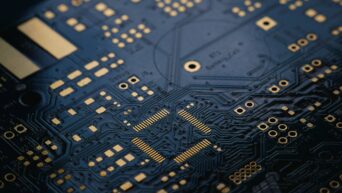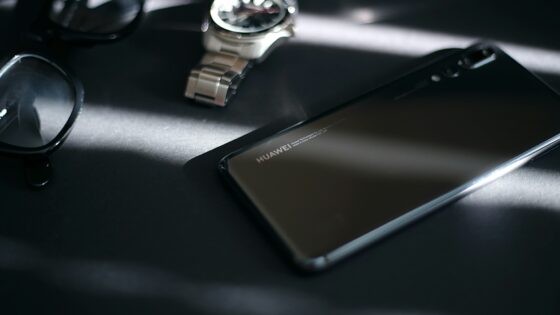
Credit: Unsplash
This bit of ingenuity could make it easier to mass-produce quality masks.
Unless you’ve been living under a rock for the last eight months, you know that face masks are one of the most vital tools in keeping ourselves safe against the COVID-19 pandemic. Thankfully, compared to when things first started getting really intense, it is much, much easier to get your hands on both disposable masks and washable cloth masks. However, while simple masks are perfectly fine for you and me, folks like emergency responders need something more heavy-duty. The obvious choice is the N95 respirator, a face mask with an electrocharged filter that captures particles and holds them away from your mouth. The initial scramble for masks made N95s much harder to obtain, especially since their filters require a complicated manufacturing process. With some carnival-style innovation from a certain physicist, though, it might’ve just gotten easier.
Mahesh Bandi, a physicist from OIST Graduate University in Okinawa, has developed a new method for mass-producing N95 mask filters that’s both quick and cost-effective. In a scientific journal published in Proceedings of the Royal Society A, he outlined the method he discovered thanks to a single secret weapon: a cotton candy machine.
The way a cotton candy machine works is that sugar granules are drawn into reservoir, where they’re heated up and squeezed through tiny holes to make thin strands. These strands coalesce together in the spinning basin into the tooth-melting goodness that is cotton candy. Bandi realized that if you could conduct this process with sugar, why not plastic? He heated several lumps of plastic to make them malleable, then loaded them into the machine’s reservoir. The machine then squeezed the plastic into small strands, which then combined into a mesh pattern that can be cut into a filter. Additionally, since the basin of the machine is metal, the process creates a lot of static electricity, charging the plastic strands as they’re made.

Credit: Unsplash
The only snag Bandi hit was that these homemade filters didn’t fit perfectly on an existing N95 mask, but that was easily remedied by producing his own masks with a 3D printer. With his homemade masks and filters, Bandi ran tests to see how well they stood up to airborne particles, and sure enough, they were just as effective at halting COVID particles as a regular N95.
Bandi isn’t planning on patenting this process, but now that the research is out there, perhaps a more enterprising group could take the initiative.































